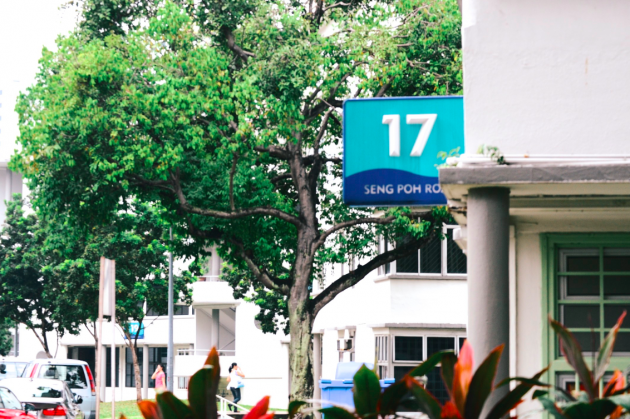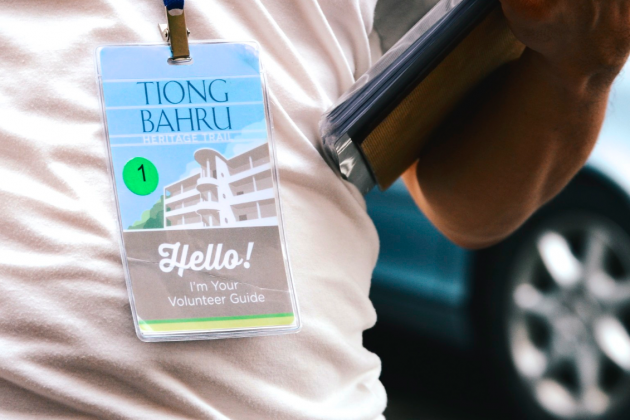What changes about a place when we know the stories buried in the ground we tread on, the stories of the people who live and sleep behind its walls, the stories of the names inscribed on street signs and the stories of its skyline?

If our experience taking part in the Tiong Bahru Heritage Walk is anything to go by, the answer is everything.
Over three hours on Saturday morning, we joined a small group of curious individuals, couples, and families for a walk around the Tiong Bahru neighbourhood, guided by a pair of its most, but certainly not its only enthusiastic and loving residents. While the promise of a few hours of extra sleep on a weekend is hard to give up, the decision to do so soon proved to be a no-brainer. The precinct of Tiong Bahru is an aesthetically beautiful, charming one in and of itself, and became only more so when during the walk, the streets came alive with the stories that shaped them.

The Art Moderne style that characterises the uniqueness of the 1930s architecture was no longer just a pretty sight worthy of an Instagram post, but a reminder of the wanderlust and dreams of the people who lived at the time; the HDB apartments on ground level, from which residents still peek out from their window-grilles to watch people passing by isn’t a mere sidenote but a lingering lesson about how community is built by putting eyes on the street, and how it is lost by locking people in high-rises. There’s a lot more than meets the eye in this neighbourhood, and this walk served as an invitation to explore the same possibility, to uncover the stories that sculpted the places we call home, too.
A wise person once said that we can’t love what we cannot understand, and arguably, we come to understand something by way of the stories we associate with it, and we are thankful to the infectiously passionate team behind the Tiong Bahru Heritage Walks for sharing their love for their neighbourhood, and helping us to come to see another part of our island for more than its concrete.

Here are tips we gathered from this great experience that could help those of you inspired to start your own heritage initiatives:
1. Remember who you’re organising your event for, and why. Take note of what gaps they might have in their knowledge, and fill them in when necessary. Think about the pace they might prefer to go at, and the route most comfortable for them – remember that some paths are more pram and wheel-chair friendly than others.
2. When you speak, speak from your lived experience! In any tour, personal stories, rather than distant narratives presented from the top-down, are what stay with people for longer, and help to avoid the information that is shared from being dominated by broad and sweeping generalisations.
Written by: Tan Yee Hui
Edited by: Claire Ding
Image Credit: Tan Yee Hui





